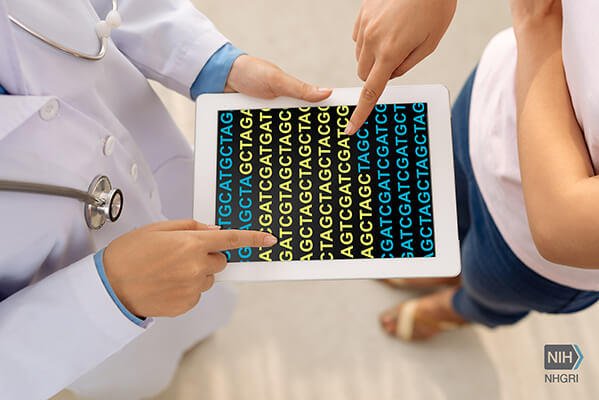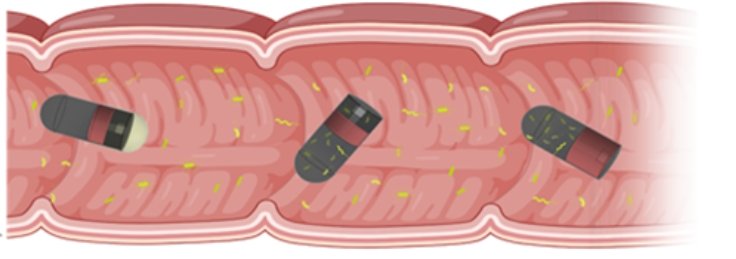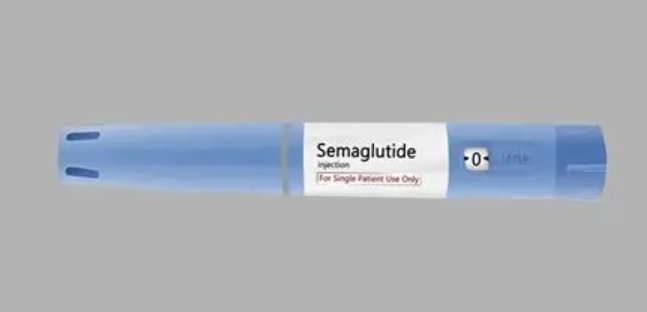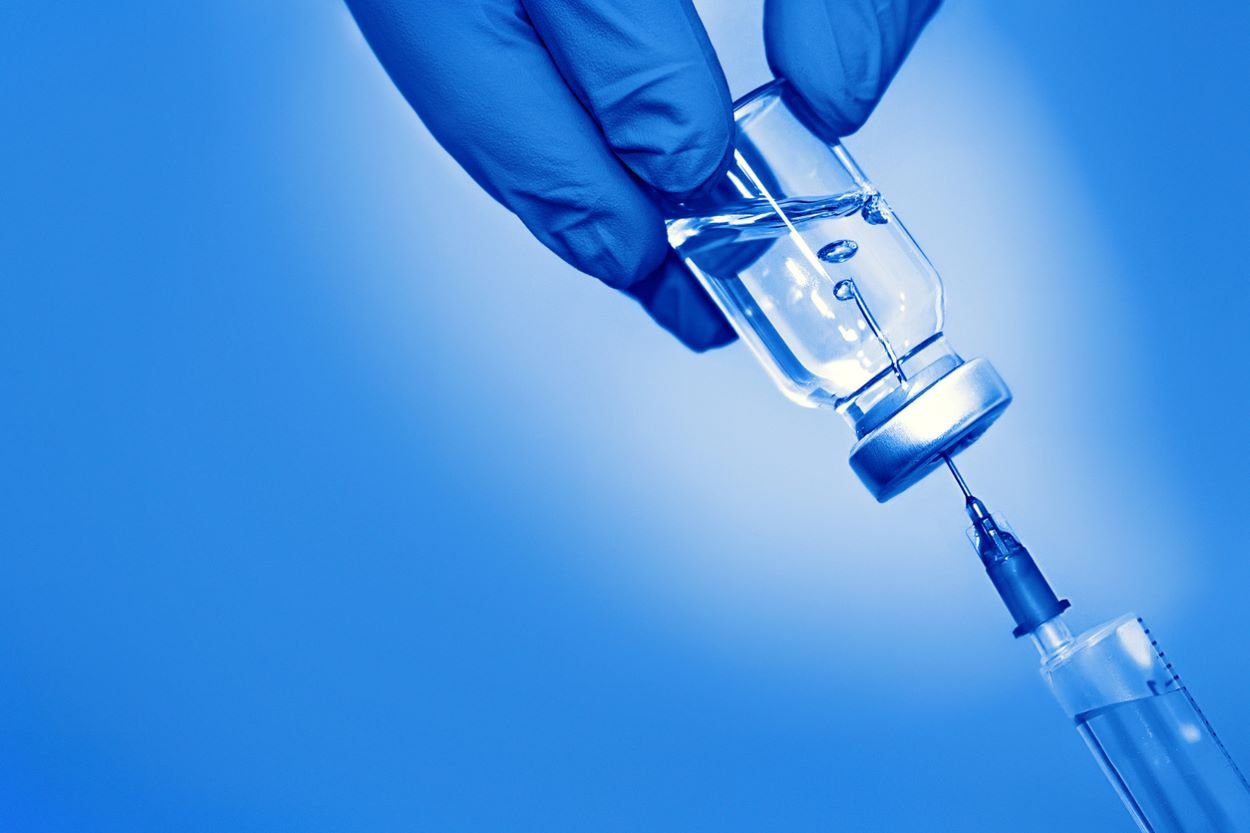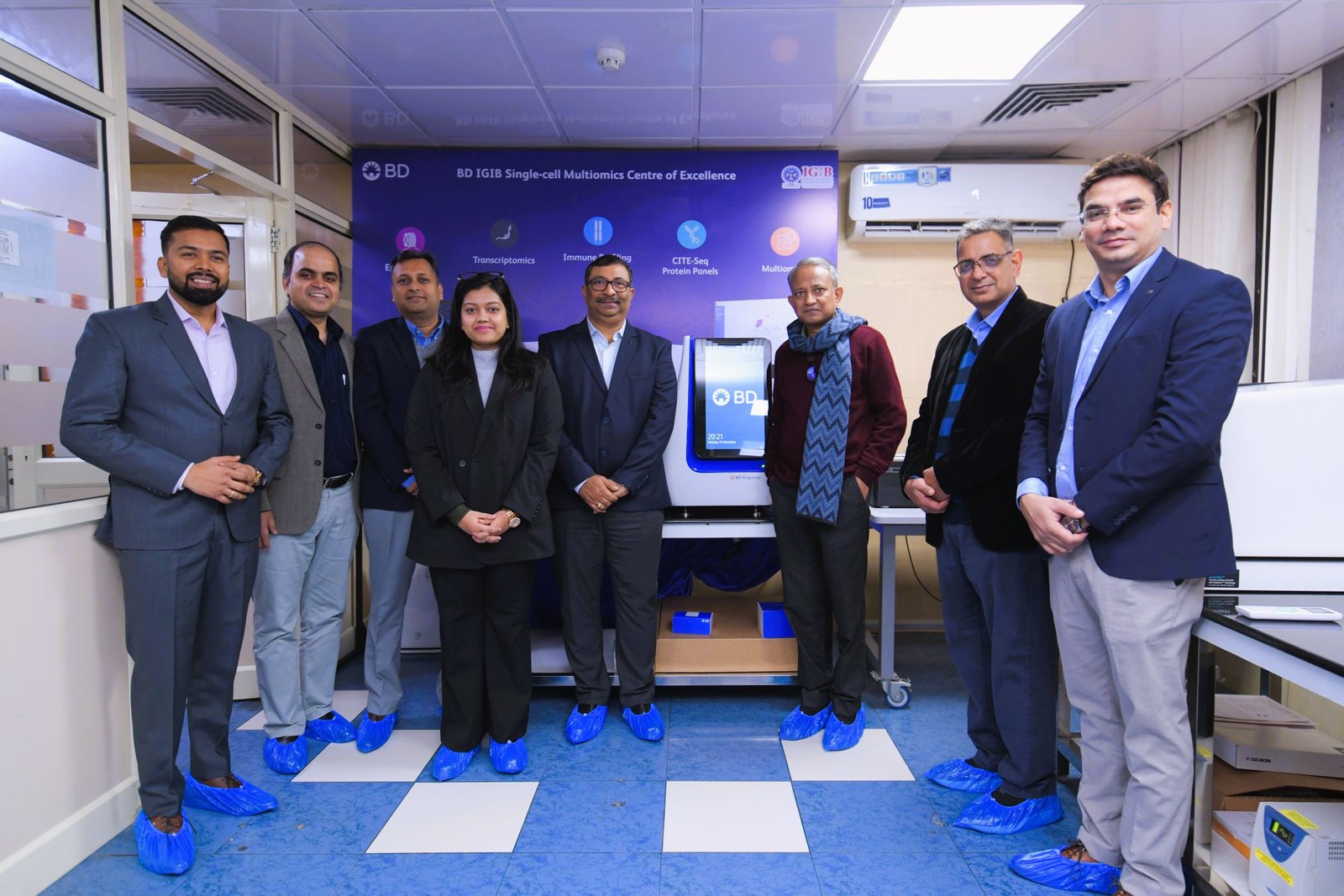The Essential Role of Biomarkers in Advancing Cancer Diagnosis
June 17, 2024 | Monday | Reports/white papers | By Ankit Kankar | ankit.kankar@mmactiv.com
With Cancer Incidence Expected to Reach 29.9 Million by 2040, Biomarker Testing Becomes Critical in Improving Survival Rates and Tailoring Treatments
Image credit: shutterstock
Types of Biomarkers Used in Cancer Diagnosis
The International Agency for Research on Cancer projects that the incidence of this disease, which is already one of the leading causes of death worldwide, will become even more widespread, with cases expected to reach 29.9 million by 2040. However, the number of cancer survivors is also expected to grow, reaching up to 22.5 million by 2032.
While the increase in the cancer survival rate is determined by numerous factors, advancements in diagnosis and treatment techniques, including biomarker testing, play a significant role in the battle against this debilitating condition. A tumor marker test often aims to detect the presence or absence of a specific biological molecule signaling an abnormal process in the body.
Currently, medicine relies on several categories of biomarkers. The most common of them are discussed in this article.
Proteomic Biomarkers
As the name suggests, these tumor markers are proteins synthesized in the body affected by cancer. These proteins can vary depending on a specific type of cancer. For instance, women suffering from ovarian cancer tend to develop Cancer Antigen 125, known as CA-125, which is produced by the affected organs such as ovaries, fallopian tubes, and peritoneum.
While many proteomic biomarkers indicate the presence of cancer, this category also includes proteins found in healthy individuals. For instance, prostate-specific antigen (PSA) is produced not only by malignant cells of the prostate gland but also by normal cells. However, elevated levels of PSA in the blood can be an early indicator of the disease.
Genomic Biomarkers
Genomic tumor markers represent a broad spectrum of gene expressions, chromosomal alterations, and DNA sequences. The presence of some of these markers in the body, such as BRCA1 and BRCA2, can significantly increase a patient’s risk of developing certain cancers.
Furthermore, many biomarkers in this category help doctors conduct precise diagnoses. For example, genomic biomarker testing of patients suffering from lung cancer can identify specific mutations, facilitating differentiation between lung cancer variations such as squamous cell carcinoma and adenocarcinoma. Meanwhile, the detection of amplified amounts of certain genes, including HER2, common in some types of breast cancer, indicates a higher probability of faster disease progression.
Additionally, certain genomic biomarkers can also provide insights into the potential sensitivity of some cancers to selected treatments. Thus, the increase in HER2 markers allows doctors to estimate the possible response to breast cancer therapy based on trastuzumab.
Epigenetic Biomarkers
While also related to genes, epigenetic biomarkers are chemical modifications of DNA, RNA, and histones rather than molecules with altered underlying DNA sequences like genomic markers.
One such epigenetic modification is chromatin remodeling, which affects the structure of chromatin — a complex of DNA and proteins responsible for packaging long DNA sequences into dense and compact structures, thereby streamlining gene expression and DNA replication. Modifications in certain chromatins, including SWI/SNF chromatin remodeling complex mutations, are factors that increase the probability of cancer development.
Metabolic Biomarkers
The metabolic processes in the body are constantly releasing products of chemical reactions known as metabolites. Some of these metabolites appear when cellular metabolism is affected by cancer.
Thymidine kinase, a phosphotransferase enzyme, plays a crucial role in DNA replication and repair by catalyzing the phosphorylation of the thymidine nucleoside, a building block of nucleic acid monomers. It is often classified as a metabolic biomarker.
Proliferating cells require increased DNA synthesis for cell division, which in turn elevates levels of thymidine kinase. This is a common scenario for cancer, which often causes uncontrollable cell proliferation. By measuring thymidine kinase activity in serum, doctors can evaluate the severity of tumors and disease progression. The levels of this enzyme can also indicate the body’s response to the current anti-cancer treatment.
Another example of a key metabolic biomarker used in cancer diagnosis is lactate, a protonated form of lactic acid. Cancer cells often experience the Warburg effect, a phenomenon of lactic acid fermentation, which is normally an anaerobic process, even in the presence of sufficient amounts of oxygen. This often makes high lactate levels in blood and tumors an indication of cancer, usually with a poor prognosis for treatment.
The four key groups of cancer biomarkers frequently used by doctors today are genomic, epigenetic, metabolic, and proteomic.
For some cancer biomarkers, their mere presence in body tissues or fluids indicates the existence of cancer. For others, increased levels of biomarkers facilitate cancer detection, or can signal cancer proliferation and poor response to treatment.
Some cancer biomarkers can also be used for disease prediction, indicating greater risks for an individual to develop a certain type of cancer, while others help doctors to specify the exact nature of the cancer.
Biomarker testing allows doctors to tap into a rich source of crucial information on the specifics of tumors, helping them prescribe more effective personalized treatments to patients, minimize adverse effects, and even develop methods to prevent cancer.


